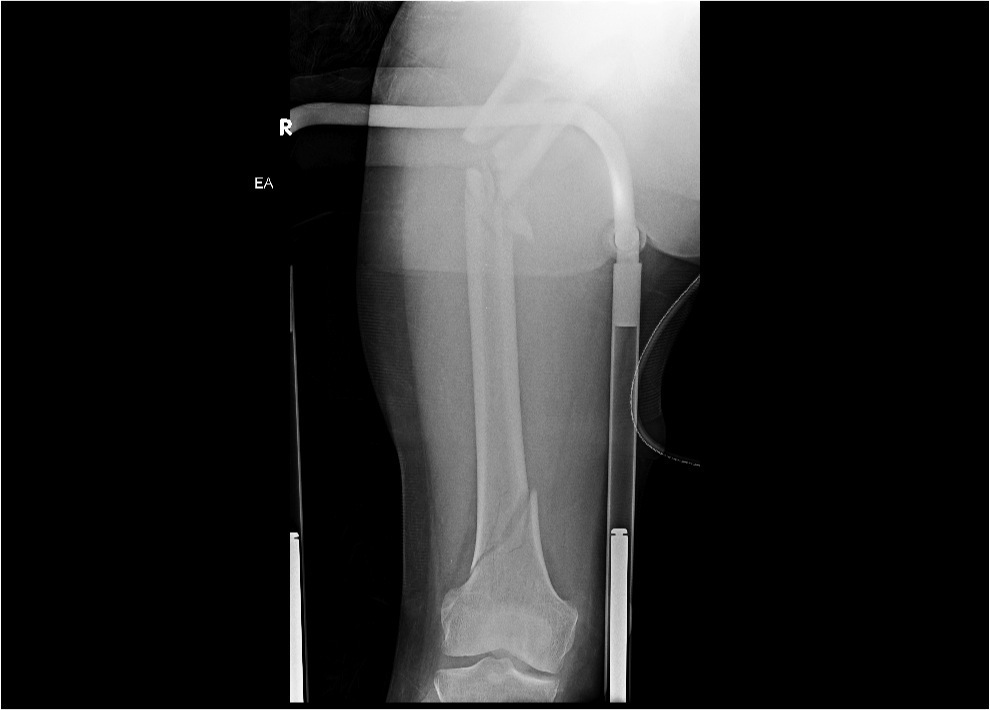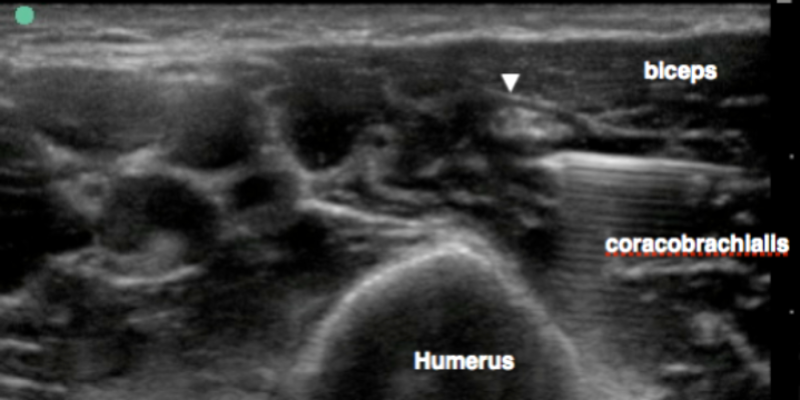A common question from ED docs getting started using ultrasound-guided regional anesthesia is around working with the orthopedic staff who may not have familiarity with regional anesthesia. Here are some scenarios and potential ways around them.
"Don't block until I (orthopedist), I need to be able to perform a neurologic exam"
I can understand where they are coming from. They don't see the patient in pain in front of them, they don't feel the urgency to get pain under control right away. But from the perspective of the patient this is just means needless suffering. What's more is that long-term once the orthopedist is able to see the results of improved analgesia and anesthesia using blocks, most are "converted" and start to not just allow, but expect them to be done in the ED.
What you can do:
Create a consensus pre-block neurologic exam protocol that is injury specific. Start with hip fractures and work with your orthopedist to identify what specific physical exam tests she/he would like performed. Be as specific as possible, such as, "light touch on the lateral thigh 6-10 cm below the ASIS." or "plantar flexion strength out of 5." Create a way to document this. Take ownership of the integrity of your exam so that it can be trusted.
Agree on the goal of as short a "door to block time" as possible and discuss how long is too long to wait. If the orthopedist is 10 minutes or less away, spend that time consenting and getting ready for the block, let him/her get the exam then place the block. Waiting 2 hours on the other hand is not acceptable.
Involve your orthopedist in training
Orthopedists can learn blocks too. This is one of the best ways to get them up to speed. Again the femoral nerve block is a great place to start. Once they see the power and benefits, you get their buy-in.
"Don't block him, he might develop compartment syndrome"
The data is patchy and inconsistent on compartment syndrome, know one really knows what is a late sign, what is early, what is best way to monitor etc...What we can all agree on is that it is a devastating injury if there is a delay. In the face of ambiguity and fear or complication, some orthopedists may simply "opt out" and blanket oppose blocks.
Start with the femoral block , the risk of thigh compartment syndrome is incredibly rare in most traumatic femoral/hip fractures. This should be a great place to start to get the orthopedist comfortable and used to the blocks.
Use short-acting local anesthetic. Try chloroprocaine or lidocaine so that the block wears off in at most a few hours. If at the time of block there are no physical signs of compartment syndrome, it would nearly impossible to rapidly develop acute compartment syndrome in just a few hours.
Avoid tib / fib fractures until you have a very well developed relationship with your orthopedist and a robust protocol to monitor the patient.
For a good discussion and some resources go here:
https://drive.google.com/folderview?id=0B0pEWsxV4N3CZjk1OGY2MjktNzI3Zi00ZTgwLWI3YzktY2FmMDkwNTk4YTdk&usp=sharing



























